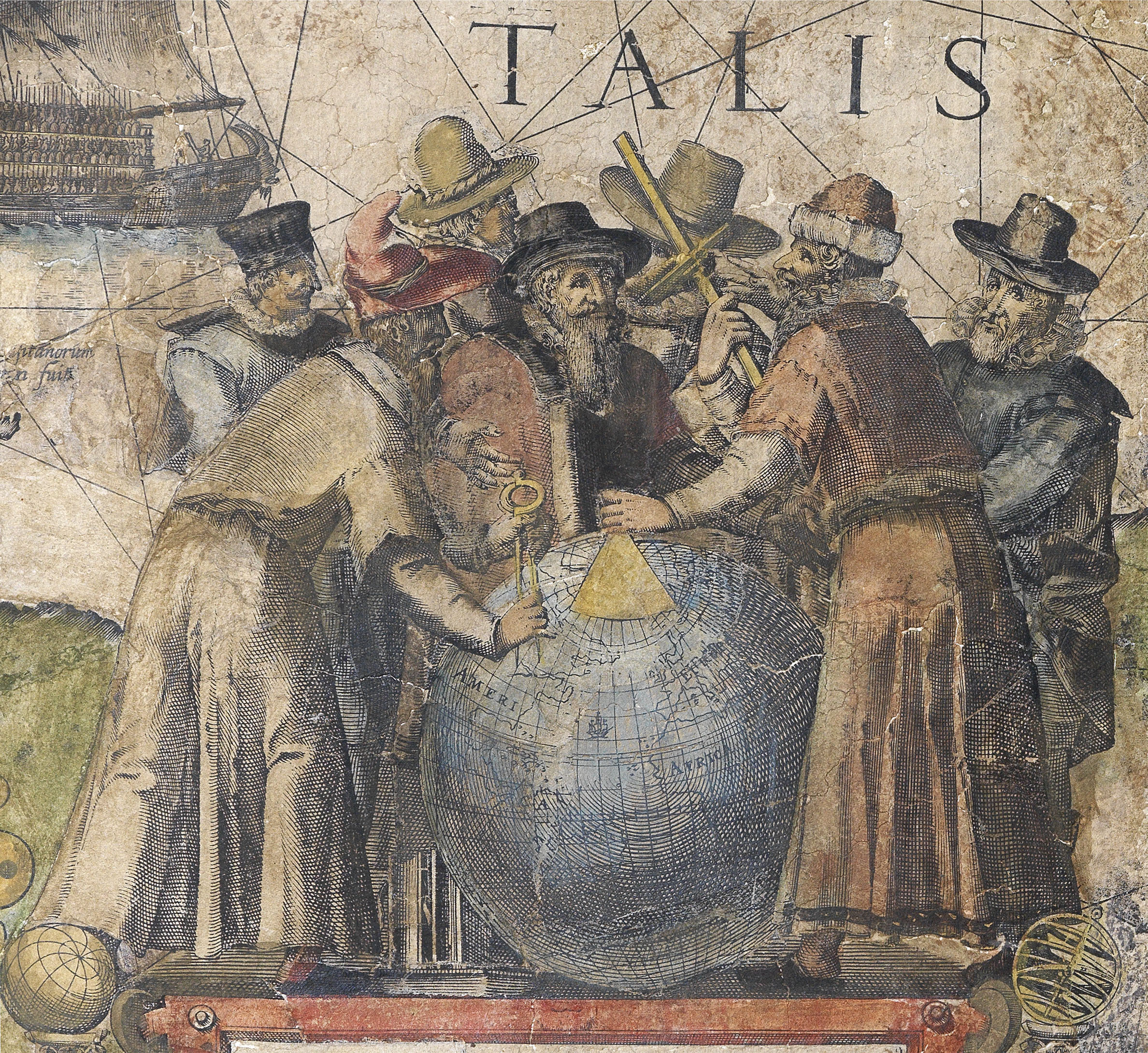Emanuel Bowen
(c1693 - 1767)

Eventually, geographer to George II, from about 1747, also possibly (according to Chubb), geographer to Louis XV of France, Emanuel Bowen was originally apprenticed to Charles Price in 1709. Price, a renowned globe and instrument maker, member of the Merchant Taylors Company, had in turn had been apprenticed to John Seller senior.
Amongst Emanuel Bowen’s first work were maps for George Willdey‘s Atlas of the World (1717). There followed a period during which he engraved charts for some of the leading hydrographers of his day: Joseph Avery, Samuel Fearon and John Eyes, Nicholas Dobrée, and Murdoch Mackenzie. He also produced a prodigious number of maps for British periodicals. Significant maps that he subsequently published under his own name, include: A new and accurate map of South Wales … delineated from an actual survey and admeasurement by Eman. Bowen, (1729), a large six-sheet map, sold by subscription, mostly to local wealthy landowners.
In the early 1730s, Bowen took on two apprentices, Thomas Kitchin and Thomas Jefferys, both of whom would become pre-eminent map makers in their own right. There followed some large-scale maps of Norfolk and Huntingdonshire, A new and accurate map of England and Wales (1734), maps for John Harris‘s Navigantium atque itinerantium bibliotheca (1744–8), as well as numerous atlases, including Bowen’s Complete System of Geography (1744–7), and Complete Atlas (1752).
In 1739, Kitchin married Bowen’s daughter, Sarah, and between 1749 and 1760, together they produced the large-scale maps for the Large English Atlas. “The commercial success of this important and influential work, the first to cover England and Wales on a large scale, led to the maps being reduced and modified by Bowen and Kitchin for their Royal English Atlas (c1763) and then by Emanuel and his son, Thomas Bowen, for the Atlas Anglicanus (1767–8), published after Emanuel Bowen’s death by Kitchin. All three works are characterized by detailed texts in the spaces surrounding the maps and by elegant rococo decoration, which became the hallmark of his engraving” (Iolo Roberts and Menai Roberts).
Sadly, it is thought that Emanuel Bowen died blind and penniless.
Thomas Bowen (c1732 – 1790), Emanuel’s son, officially began to work for his father early in 1748, principally contributing to the periodical commissions. After his father’s death Thomas continued to work on the Atlas Anglicanus, which was issued to subscribers in 1768. Overall, his output was not as extensive as his father’s, but during the 1770s he produced a number of significant maps, including A new and correct map of the countries twenty miles round London (1770), contributions to British periodicals, three charts for Hawkesworth’s account of the first voyage of Captain James Cook, a Map of the province of South Carolina (1773), and contributions to Speer’s Chart of part of the West Indies (1773).
Like his father before him, Thomas is thought to have died in penury, in a workhouse, in 1790.
 Rare Maps
Rare Maps  Rare Atlases
Rare Atlases  Rare Books
Rare Books  Rare Prints
Rare Prints  Globes and Planetaria
Globes and Planetaria 






